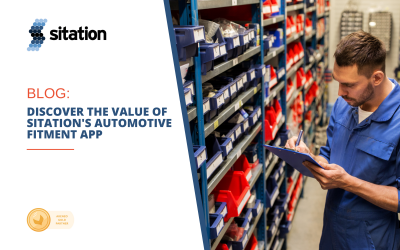I see this all the time when speaking to clients who are thinking of implementing Akeneo. The question is always Can Akeneo do X? Our old system could.
As someone that has built some highly custom Akeneo implementations, the answer to this question is Yes
. Akeneo has a Flexibility offering, which as the name suggests, is flexible enough to handle pretty much any data manipulation you’d like. However, forcing Akeneo to do something that it was not designed to do is akin to jamming a square peg into a round hole. You are leaving your old system because you do not like it, so why do you want to force your new system to be functionally the same?
I understand there is a cost for learning new things. When you adopt any new system it will initially take more time to do the same job. This is expected and should be accounted for. Adding complexity to your Akeneo instance just to save a small amount of discomfort in learning how to properly use Akeneo is extremely shortsighted. Rather than trying to force Akeneo to be your old system take the time to learn the many tools that Akeneo has out of the box. Leveraging these built-in tools will be significantly better for your implementation in the long run.
WHAT ARE AKENEO’S ALTERNATIVES TO:
Old Product Update Procedures:
Just because data has been entered into Akeneo does not mean it is set in stone. Too often when clients need to update existing Akeneo data I see them either revert to their old system to make the updates or export the data to a spreadsheet, make an update, then import the updated data. Instead, Akeneo has a Bulk Update tool that can be used to manipulate product categories, update product attributes, or add associations between products. There is another similar Sequential Update tool which allows a user in Akeneo to select several products to update 1-by-1. Using these two tools are critical for learning the Akeneo platform.
Automation:
Updating product data is often a tedious process. Automating your data management sounds great on paper, but, it tends to be quite complex. I find that companies often get carried away with the prospect of automatically updating data. Akeneo has some capacity to automate data with its rule engine. With the rule engine you can conditionally fill attributes with information based on other attributes. This level of automation is fine. The problem arises when instead of automatically filling single attributes you want to automatically create entire subsets of your catalog. Akeneo was not designed to build your catalog for you. It was designed to organize your data in a helpful way. If you need to make sweeping changes to your product data Mass Actions are a much better solution than trying to force automation into Akeneo.
Images:
Akeneo has some powerful tools for associating images to products. However, it is not an image manipulation platform. If you are in need of a serious asset manager, you should look at getting a PAM (Product Asset Manager) to compliment your PIM. Far too often I see companies trying to smash their asset management needs into the PIM. Though this might offer some short-term cost saving it is not a good long-term plan. A PIM is designed for product information. If you wish to heavily manipulate the assets that accompany your product data, you will need to use a PAM.
DON’T KEEP YOUR OLD PIM WHILE ADDING AKENEO
No matter what you are doing the uncertainty of change can be difficult to overcome. Moving to a new PIM platform can feel daunting. Once you have put in the work to establish your new Akeneo implementation it is important to not forget the final step of shutting down your old system. Adoption is key. You need to use your new system to set product data and enforce standards or else your project will fall flat. Remember that you chose this new system to simplify your content management process. The purpose of Akeneo is to have a single place for product data to be managed. If you hold onto your old system not only are you defeating the purpose of Akeneo, but you are also just creating more complexity in your data management process.
The Akeneo PIM is a powerful platform. When used correctly it can simplify the content management process while simultaneously making your data more organized, secure, and complete. However, when there is not full adoption of the platform it can be another frustrating tool that adds to the already stressful process of managing product data. You chose to change over from your old system to Akeneo for a reason, best to see it through.




